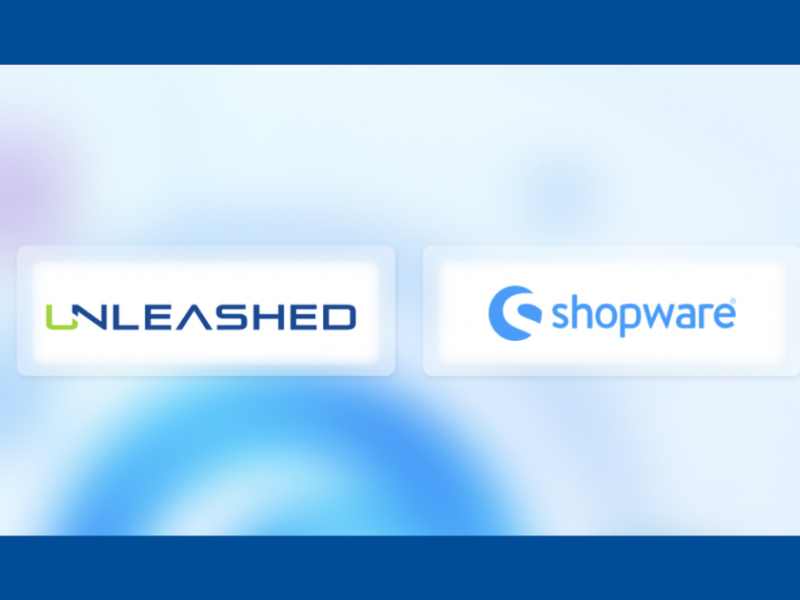The future of B2B sales in the manufacturing industry is digital—and creating a seamless, user-friendly e-commerce and self-service experience is key to increasing orders. But a disjointed, confusing experience will force buyers toward your competition. How can you establish a quality e-commerce site that increases sales and drives revenue? It starts with personalizing the buyer experience, prioritizing your inventory management system, simplifying the buying process, and catering to repeat customers
Personalize the Buyer Experience
The biggest challenge today’s companies face in creating a user-friendly e-commerce platform is finding software flexible enough to accommodate the unique complexities of manufacturing. Every buyer brings unique needs to the table, and every unique interaction creates a deeper need for personalization.
Features your e-commerce solution needs include:
-
Flexible/specialized payment plans/invoice options
-
Tooltips and other ways to empower and inform newer customers
-
Corporate accounts with multiple users and permission levels
-
Customer portal for personalized products, catalogs, and more
-
Product guides and interactive tools to help customers navigate thousands of items
-
Special pricing discounts and offers
-
Prioritized shipping and delivery
-
Purchase incentives
-
… and a lot more
With the right technology partner, your e-commerce solution can be customized from the start to increase sales. Automated pricing functionality can adjust prices in real time for buyers based on bundles, quantity, loyalty, and more. A product recommendation feature will entice users with new or better-quality offerings based on their past purchases. Remember, B2B clients aren’t likely to buy on impulse—so the buying experience must cater to their needs at every step of the purchase process.
Prioritize the Inventory Management System
Your inventory is the centerpiece of all your online business. You can’t sell what you don’t have—and in the face of today’s unprecedented supply chain problems, it’s more important than ever to have a deep understanding of your inventory and your customers’ buying patterns. According to McKinsey & Company, the chronic supply chain congestion originally created by the pandemic could remain the norm through 2024. Prioritizing your inventory management system—and ensuring it integrates with your e-commerce solutions—will help you keep up with buyers’ demands. Today’s businesses must implement software that updates their inventory across multiple channels in real time to avoid overselling and overpromising.
An effective e-commerce solution should integrate seamlessly with your inventory management system to provide a high-level view of the number of products you have in stock, which products are the most popular with your buyers, and the demand patterns of all your products. This information will help you track orders, identify your best customers, and manage your peak selling season. But it isn’t always easy. It often takes a thoughtful, inquisitive partner to map out and build solutions that account for a wide range of scenarios.
E-commerce platforms and inventory management systems must work together to drive sales. As you consider the best software integrations for your business, invest in technology that automatically flags low-stock items, estimates upcoming sales based on past data, and orders new stock when numbers drop below a certain threshold.
The more dynamic the platform, the more you can take advantage of the insights gleaned from these systems to help you inform your internal audiences and make data-driven strategic decisions.
Simplify the Buying Process
The B2B audience might differ from its B2C counterpart in many ways—but one thing both industries have in common is a desire for simplicity. Over-complicated processes will deter your buyers and push them toward the competition. In fact, a 2021 study from Avionos found that 90% of B2B buyers say they’d be willing to go somewhere else if their supplier’s digital channel couldn’t keep up with their needs.
The easier the experience is for B2B decision-makers, the better. However, e-commerce software—especially in the B2B space—often requires complex integrations and custom code. The personalized customer experience is important, but you also need a solution that’s both simple and customizable. Are you wondering how that’s possible? Don’t worry. Our team of experts at Unleashed Technologies can help you can create an e-commerce site that prioritizes the user experience without sacrificing crucial features and tools. Here are a few ways you can simplify the path to purchase for your customers:
-
Offer a “quick order” functionality that allows users to skip the online store
-
Make search and navigation features simple (faceted search is a critical component here).
-
Allow users to add items to cart directly from product description pages
-
Provide automated bundling options that resonate with the customer
-
Offer subscriptions and relevant recurring purchase options
Cater to Repeat Customers
As you work to maximize the buyer experience on your e-commerce site, take note of repeat customers. Reach out to them for their input to learn why they trust you as a supplier—and take their feedback to heart. Concurrently, analyze abandoned shopping cart visits to identify where they might have wanted to complete the transaction but felt like they couldn’t. Understanding your buyers’ perspectives helps you create a custom experience that meets them where they are, alleviates their pain points, and maintains their trust in you.
Tailoring your e-commerce solution to repeat customers’ desires and needs is crucial to your financial success. These buyers will spend more money and close a sale more easily than first-time customers, which makes them more cost-effective for you. How does your e-commerce software make repeat customers a priority? How are you tapping into their opinions to improve the buying experience? At Unleashed, we know how important your repeat customers are, so we take the time to get to know your buyers’ most pressing needs—and then we build technology solutions with their needs in mind.
It’s important to remember that an e-commerce solution is not a project with a fixed start and end date. Technology—and customers’ expectations—are always evolving. That said, it’s important to be able to articulate a vision of success for a modernized, user-centric e-commerce solution. What is most important to your buyers? Engage with a strategic technology partner who has tried-and-true experience in the B2B space to ensure you have the best insight into the tools and features a successful e-commerce site should include. If you need some help building a customized, user-friendly e-commerce solution, reach out to our team.


